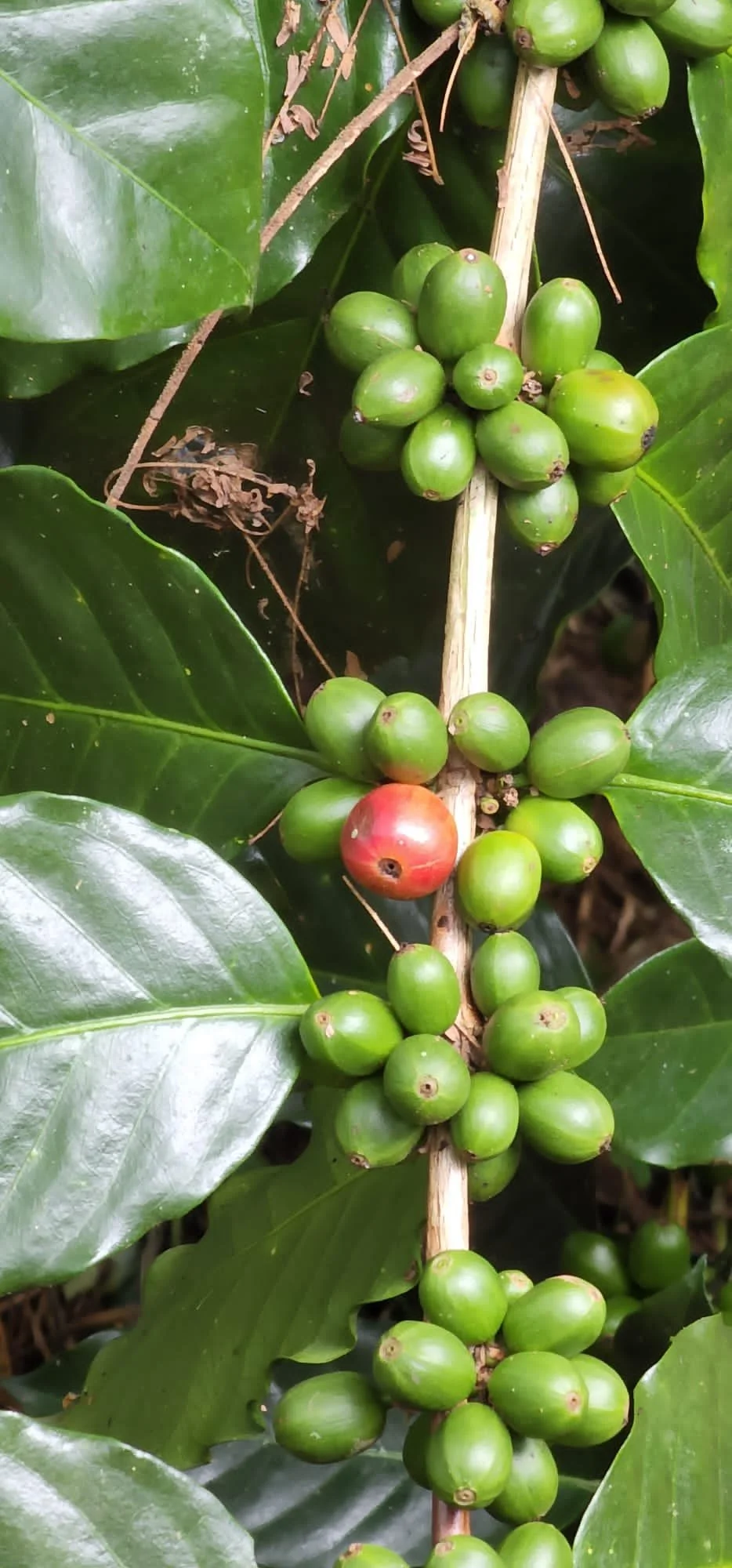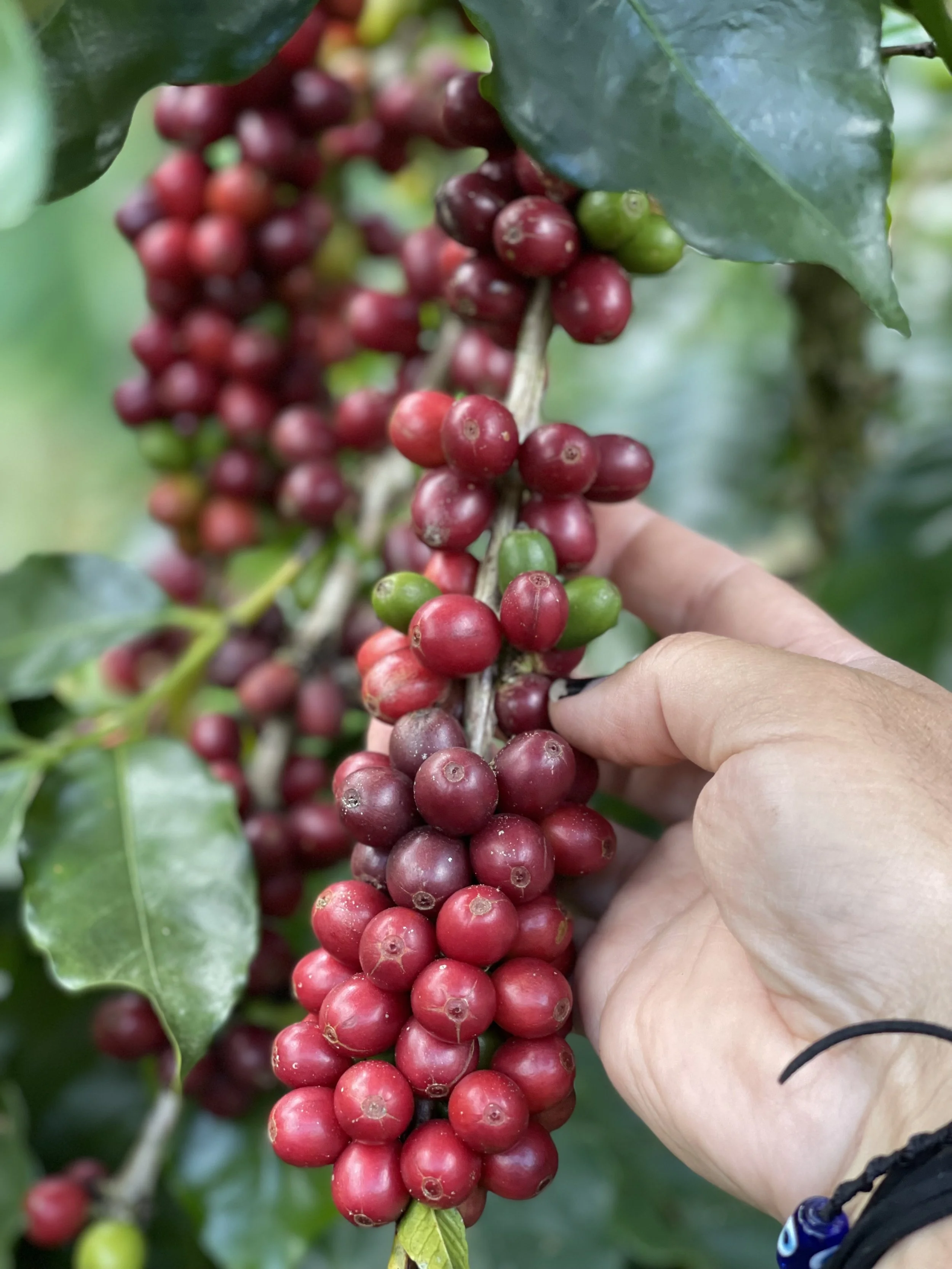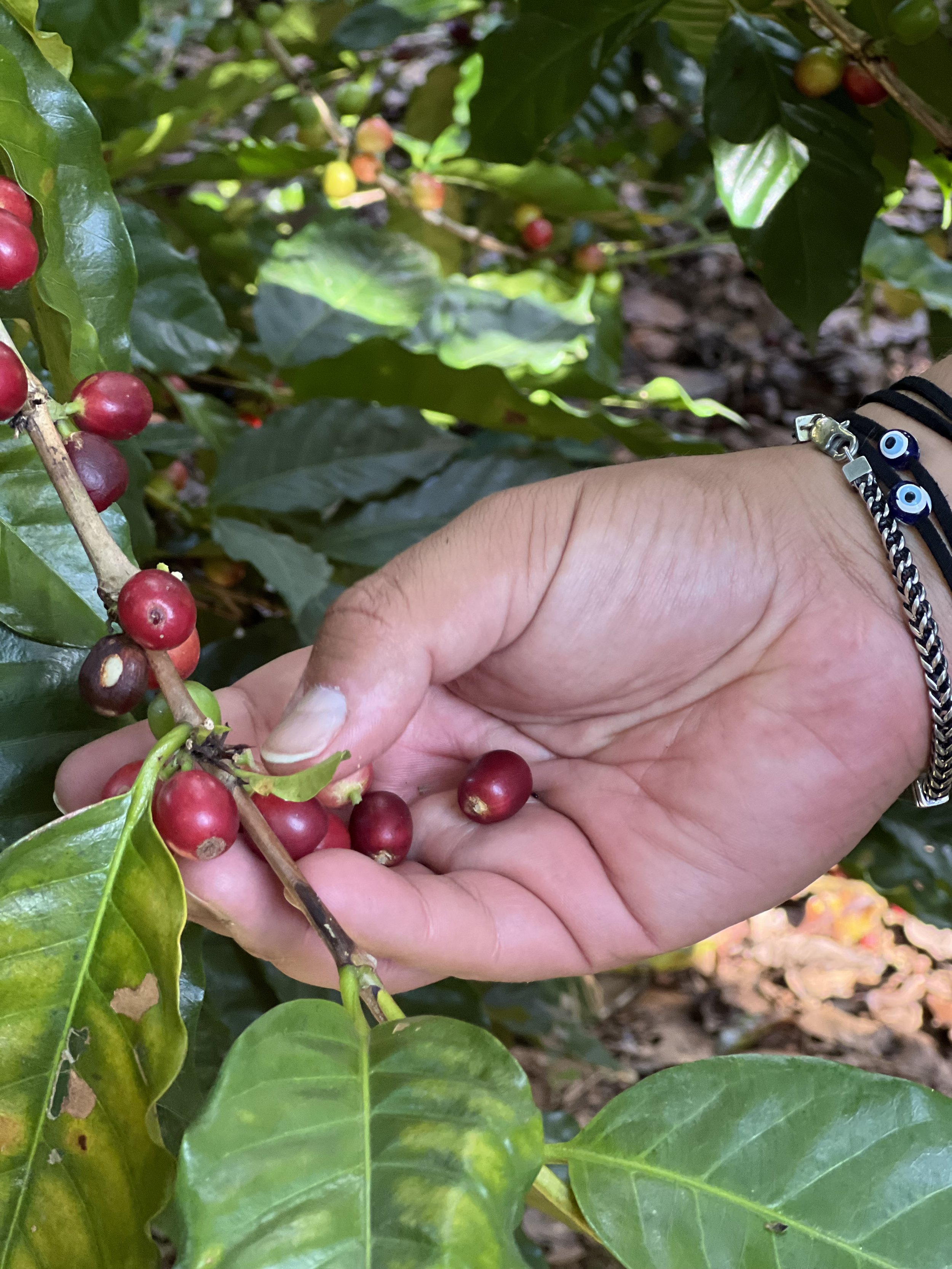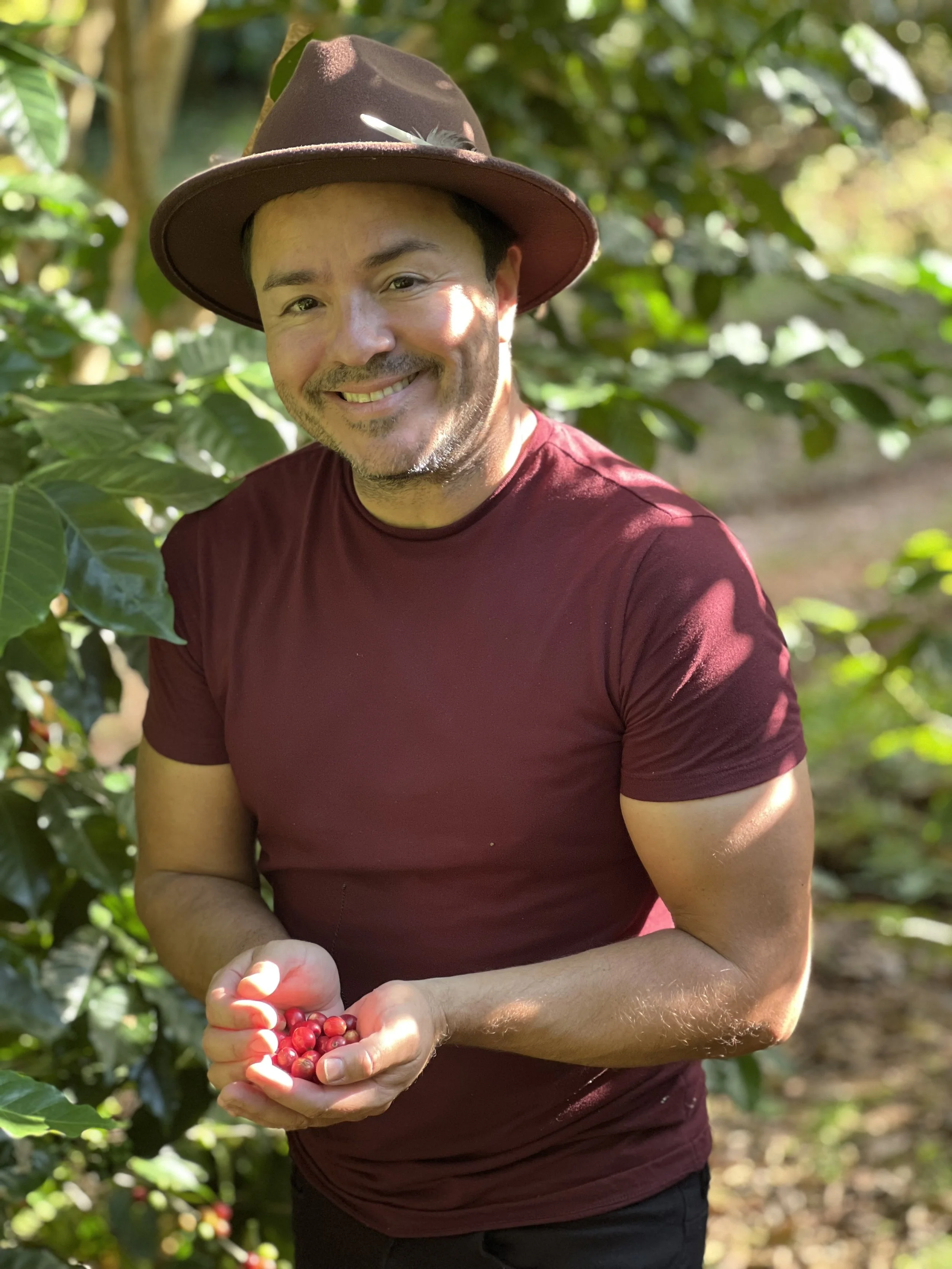Why You Should Always Pick the Reds: The Importance of Fully Ripe Coffee Cherries for Cup Quality
Coffee lovers know that every cup of coffee is unique. Whether it’s a drip coffee or an espresso shot, the taste and aroma of the coffee depend on many factors, including the variety of coffee, the roasting method, and the brewing technique. However, one often overlooked aspect of coffee quality is the ripeness of the coffee cherries. In this Hacienda Iluminada blog post, we’ll explore the importance of fully ripe coffee cherries for cup quality and why coffee farms should always try to pick the reds coffee cherries
The Anatomy of a Coffee Cherry
Before we dive into the importance of ripeness, let’s first understand the anatomy of a coffee cherry. A coffee cherry has three main layers: the skin (exocarp), the pulp (mesocarp), and the bean (endocarp). The skin is initially green when it begins to grow but becomes red as it ripens. The pulp is sweet and sticky and surrounds the beans, which are the seeds of the coffee cherry.
Why Fully Ripe Coffee Cherries are Important
When it comes to coffee quality, fully ripe coffee cherries are essential. This is because the flavor and aroma of the coffee depend on the quality of the beans, which in turn depends on the ripeness of the cherry. Overripe cherries can produce fermented flavors that can ruin the coffee’s flavor profile, while underripe cherries can be sour and acidic. Fully ripe coffee cherries produce beans with a balanced sweetness, acidity, and bitterness, which is what coffee lovers look for in a good cup of coffee.
How to Pick the Reds
Now that we know why fully ripe coffee cherries are important, let’s talk about how to pick the reds. This can be a time-consuming and laborious process, but it’s worth it for the quality of the coffee. The easiest way to pick the reds is to walk down the rows of coffee trees and pick only the bright red cherries by hand. You can also use a machine that separates the ripe cherries from the unripe ones, but this can be expensive and may not be possible for smaller plantations.
Other Factors That Affect Coffee Quality
While fully ripe coffee cherries are essential for quality coffee, other factors can also affect the final product. These include the altitude and climate, the soil quality, the processing method, and the roasting and brewing techniques. For example, coffee grown at higher altitudes tends to have a more complex flavor profile, while coffee grown in volcanic soil can have a more mineral taste. The processing method (washed, semi-washed, or natural) can also affect the sweetness and acidity of the coffee.
If it’s GOOD for earth, it is GOOD FOR YOU!
In conclusion…
Coffee lovers should always try to pick the reds when it comes to coffee cherries. Fully ripe cherries produce beans with a balanced, sweet, and bitter flavor profile that makes for an enjoyable cup of coffee. While picking the reds can be a time-consuming and laborious process, it’s worth it for the quality of the coffee. Remember, other factors such as altitude, soil quality, and processing method can also affect the final product, but picking the reds is a good place to start. So, the next time you’re enjoying a delicious cup of coffee, take a moment to appreciate the importance of fully ripe coffee cherries.
Next time you come to Puerto Rico come visit our coffee farm, Hacienda Iluminada, we love showing you around and it gives YOU a completely different perspective of what the art of growing, processing and roasting coffee really is.
If you are in New York or Puerto Rico visit one of our coffee shops: 787 Coffee





